The Klaipėda District Crafts Centre will welcome you with old crafts, Lithuanian folk customs, games, traditions, interesting educational activities and the culinary heritage of Samogitia.
The Craft Centre organises educational activities for children and adults and offers more than 20 educational programmes. Educational classes are led by qualified craftsmen, recognised masters of folk art, art creators, or certified educators. The culinary heritage of Samogitia will nourish you, and the various educational activities will help you to unleash your long-forgotten creative powers.Perhaps the educational activities will help you to find your new hobby. During the education you can play folk games, recall traditions, papooses and spells.
You can find the educational activities HERE.



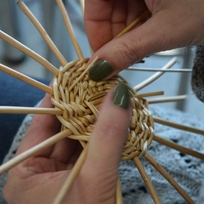
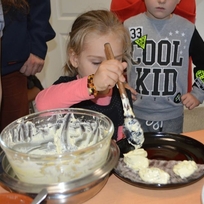
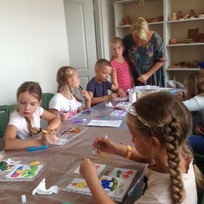
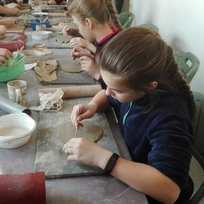
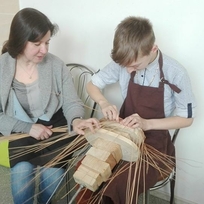
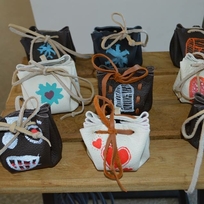
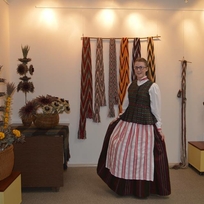
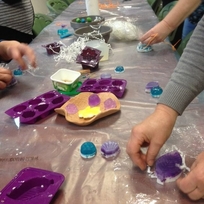
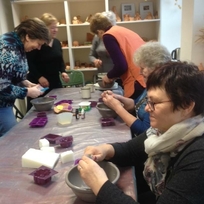
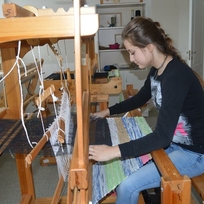
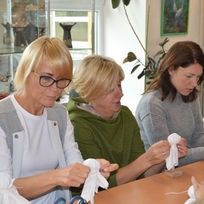
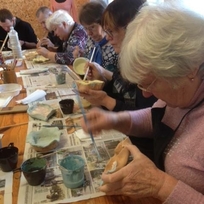
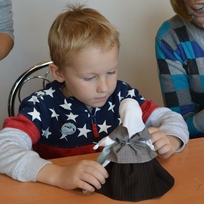
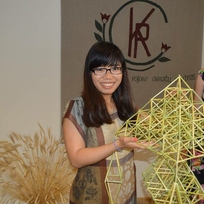
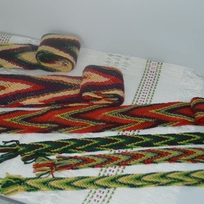
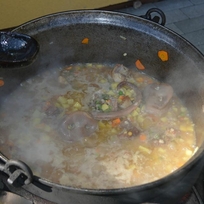
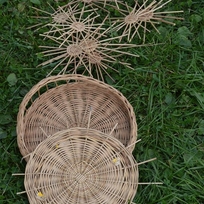
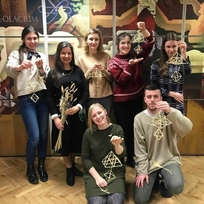
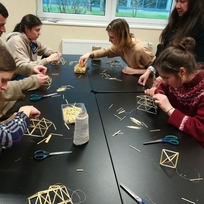
Reviews